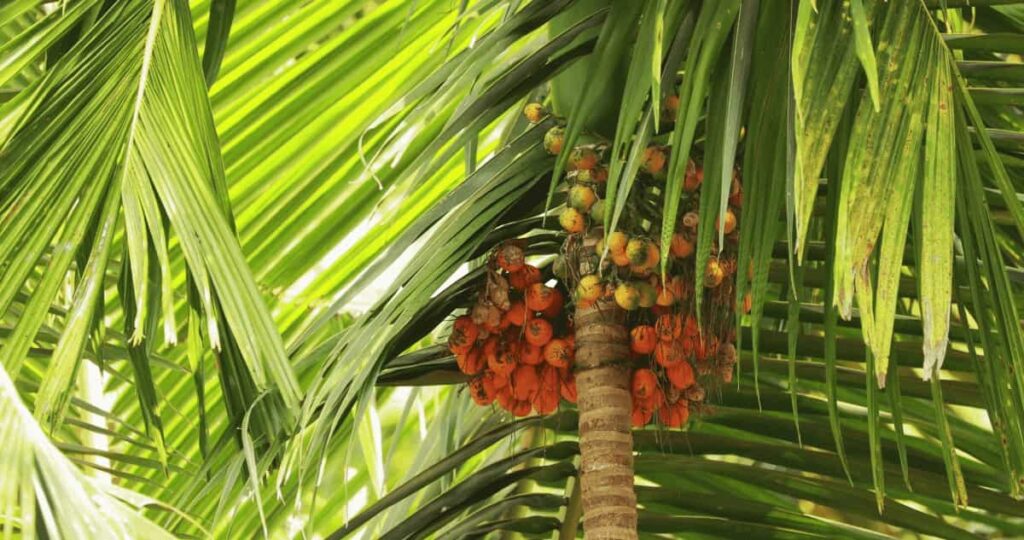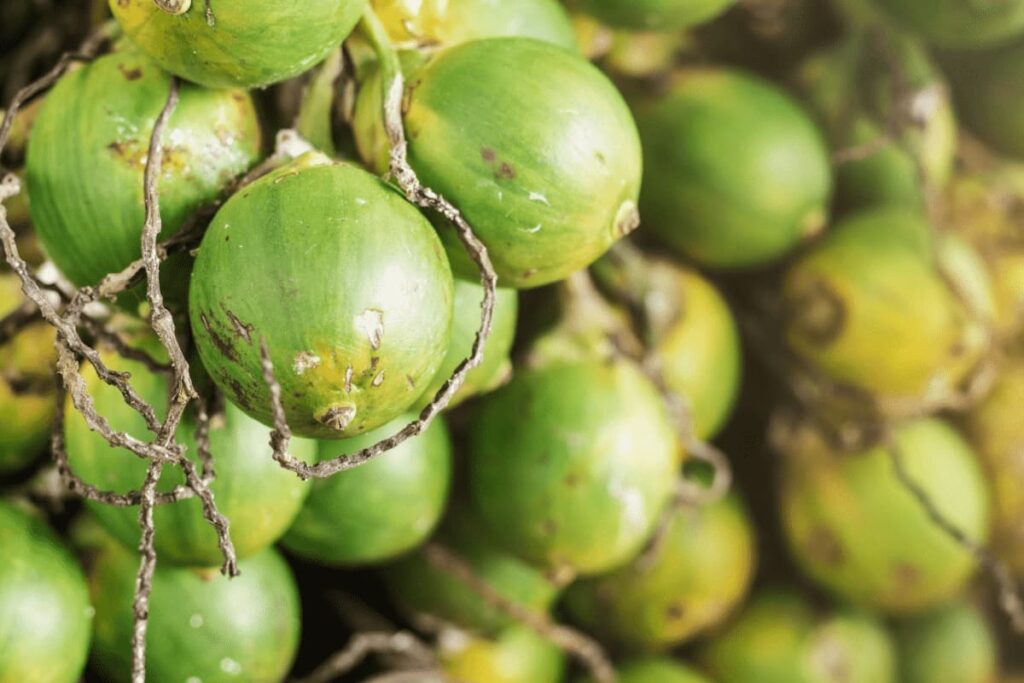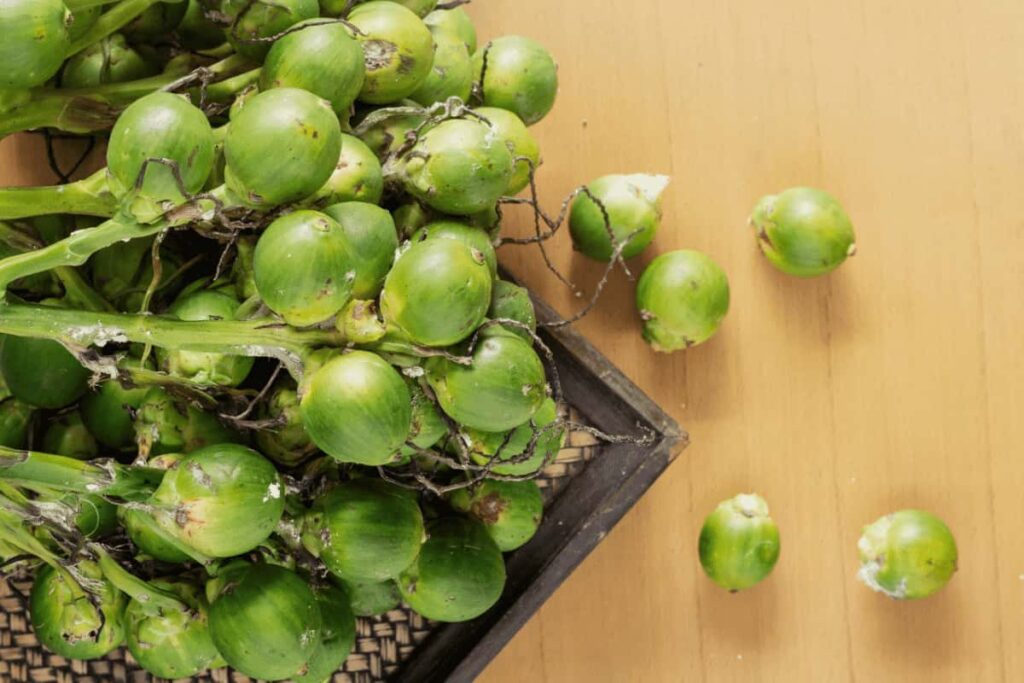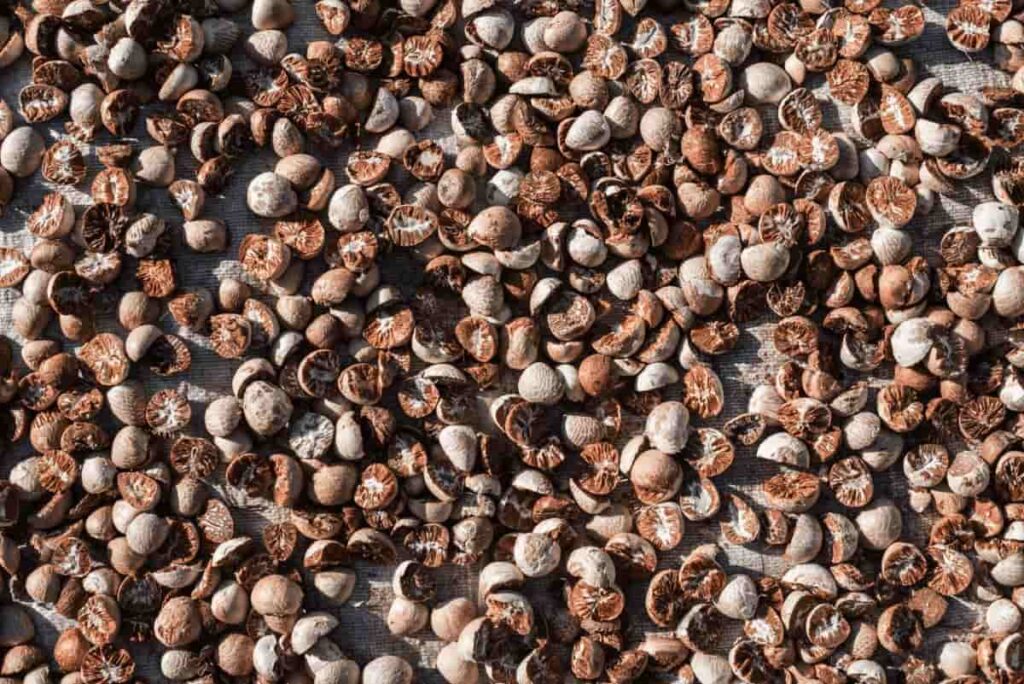Diving into the world of areca nut cultivation can be intriguing for farmers looking to diversify their agricultural practices. Known for its significance in cultural traditions and as a major cash crop in various regions, the areca nut commands a substantial market demand. Venturing into this form of agriculture requires a deep understanding of the crop, from selecting the best varieties for high yields to calculating the intricate details of the cost of cultivation per acre.

This detailed handbook provides insight into key elements of areca nut cultivation, covering optimal planting methods, financial considerations, and tactics for maximizing profits on one acre of land.
Areca Nut Profit Per Acre
Introduction to Areca Nut Cultivation
Areca nut cultivation is a long-term agricultural venture traditionally practiced in many parts of Asia. The crop is highly valued for its nuts, widely used in various cultural and social practices. Understanding the climate requirements, soil type, and water needs is crucial for a successful areca nut farm.
The cultivation process is labor-intensive and requires careful planning and management, especially in the initial years when the plants establish themselves. With the right care and conditions, areca nut trees can be a lucrative source of income for farmers, providing steady yields for many years.
Best Areca Nut Varieties for High Yields and More Profits
Farmers have several options when selecting the best areca nut varieties, each with its own advantages. High-yielding varieties like Mangala, VTLAH1, and Sumangala are popular among cultivators for their superior nut quality and higher disease resistance. These varieties ensure a bountiful harvest and attract better market prices, contributing to increased profitability. Selecting the appropriate variety is a pivotal choice with a profound influence on the overall success of areca nut farming endeavors.
In case you missed it: Arecanut Production – A Beginners Guide

How Much Does it Cost to Cultivate Areca Nuts in 1 Acre Land?
The cost of cultivating areca nuts on 1 acre of land involves several components, including the initial investment for saplings, labor costs for planting and maintenance, fertilizers and pesticides, and irrigation expenses. On average, the initial setup cost can range from $500 to $700, with annual maintenance costs adding up to approximately $300 to $500.
These figures can vary based on local labor charges, the price of inputs, and the irrigation methods employed. It’s important for farmers to carefully plan their budget to cover these expenses while also setting aside funds for unexpected challenges that may arise during the cultivation process.
Optimal Spacing for Areca Nut Trees and Number of Trees Accommodating for 1 Acre
For optimal growth and yield, areca nut trees require specific planting spacing. Typically, spacing 8 feet by 8 feet is recommended, allowing each tree enough space to grow and spread its roots. With this spacing, an acre of land can accommodate approximately 680 trees. This density ensures that each tree has sufficient access to sunlight, air, and nutrients, reducing competition and promoting healthier growth. Proper spacing is a crucial factor in the success of an areca nut plantation, as it directly influences the ease of maintenance, disease management, and overall yield.
In case you missed it: Best Fertilizer for Areca Palms: How to Apply and When to Apply for Dypsis Lutescens

Suitable Intercrops for Areca Nut Plantations
Intercropping is a beneficial practice in areca nut plantations, offering several advantages such as better utilization of land, improved soil health, and additional income sources while the areca nut trees mature. Crops like banana, black pepper, cocoa, and vanilla are commonly grown alongside areca nuts.
Intercropping enhances areca nut tree cultivation by offering shade, nitrogen fixation, and additional defense against pests and diseases. Selecting the right intercrops requires understanding their water and nutrient needs to ensure they are compatible with the areca nut trees and do not compete for resources.
Average Yield of Areca Nut per Acre
Generally, a well-maintained areca nut plantation can yield approximately 1,500 to 2,000 kilograms per acre annually once the trees reach full maturity, typically around the 5th to 7th year after planting. The numbers may vary depending on the plantation’s conditions and tree care, and with ideal circumstances and skilled management, yields could potentially increase further. Understanding these variables and how they impact yield is crucial for farmers aiming to maximize their areca nut production.
In case you missed it: Innovative Grow Bag Cultivation for Urban Gardeners: Small Space, Big Yield

Market Analysis and Demand Fluctuations
Various factors, including cultural practices, international trade policies, and consumer preferences influence the market for areca nuts. Demand for areca nuts remains strong in regions where chewing areca nuts is a traditional practice. Still, it can fluctuate due to consumer habits, health advisories, and market access changes.
Additionally, international demand can significantly impact prices and market stability, making it essential for areca nut producers to stay informed about global market trends. Farmers can optimize their profits by making well-informed decisions about the timing of their produce sales, based on an understanding of market dynamics.
Profit Margin Analysis of Areca Nut
Analyzing the profit margins of areca nut cultivation involves considering the total revenue from the sale of the nuts against the cumulative cultivation costs, including initial investment, maintenance, and labor. The profit margin of areca nut cultivation typically varies between 50% and 70%, influenced by factors like yield, market rates, and farm management effectiveness.
High-quality nuts and efficient farming practices can command better prices and lower production costs, enhancing profitability. Farmers must conduct a thorough cost-benefit analysis, considering potential yield and market conditions, to accurately assess the profitability of areca nut cultivation on their land.
Conclusion
Areca nut cultivation presents a promising opportunity for farmers exploring a high-value crop with a steady market demand. From selecting the right varieties to optimizing plantation layout and integrating suitable intercrops, every aspect of areca nut farming demands attention and care. With the potential for high yields and significant profits, areca nut cultivation can be a rewarding venture, provided farmers are well-prepared to meet the challenges of this demanding crop. Through careful planning, diligent management, and adherence to best practices, cultivating areca nuts can become a fruitful and profitable agricultural endeavor.
- Irrigation and Water Management in Pineapple Farming
- Blossom to Harvest: Mastering Flowering and Pollination in Papaya Farming
- Pig Fattening Essentials: From Selection to Sale for Beginners
- Raising Wagyu Cattle: A Complete Guide for Premium Beef Production
- Soil Types and Their Water Holding Capacity
- Optimizing Irrigation Schedules for Coconut Groves for Enhanced Yield
- Espresso Your Garden: Coffee Grounds for Healthier Acid-Loving Plants
- The Best Soil Mix for Snake Plants: How to Mix Your Own Snake Plant Soil
- Green Thumb Success: Expert Tips for Cultivating Greenhouse Beans All Year Round
